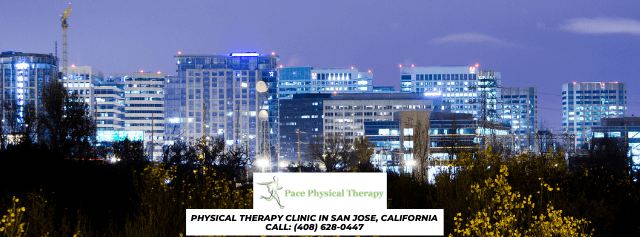How Do I Relieve Lower Back Pain From Sciatica?

Most people know what sciatica means — low back pain that radiates down to the left or right buttocks of the leg and sometimes all the way to the foot. In some cases , the pain may be overwhelming, and while it may be hard to believe, sciatica often disappears within 3 months with conservative treatment. That “conservative treatment” referred to here is a non-invasive therapy that can be done in the comfort of your home.
The five at-home sciatica therapies below are good options for people who have recently started to experience sciatica nerve pain or whose pain is not severe, but I urge you to get your doctor’s approval before you try any of these at-home therapies. If you have had sciatica for a few weeks or weak back and leg pain, you should see your doctor.
- Grab the Ice Pack and Heating Pad.
Alternating heat and ice therapy can provide immediate relief for sciatic nerve pain. Ice can help reduce inflammation while heat stimulates blood flow to a painful area (which accelerates healing). Heat and ice can also help to ease painful muscle spasms that often accompany sciatica. Apply the ice pack to the painful area for 15 minutes once every hour, then heat for 15 minutes every 2 or 3 hours. Remember to always use a barrier (like a towel) to protect your skin when using heat or ice, and never sleep when using heat or ice therapy.
- Exercise.
It may feel unnatural to exercise when you’re in pain, but research suggests that resting too much can make your backs and legs worse. Instead, incorporate gentle exercise into your day to make your sciatica easier. The key is gentle: exercise should not be painful or hard. A walk around the block (yes , I know it’s not at home, but close enough) is a great example of physical activity that keeps your spine strong without causing any additional damage. Besides making your spine stronger (e.g. core exercises, a stronger spine better protects against pain), exercise triggers the release of endorphins to reduce your perception of pain.
- Medicines.
Your first option should be an over-the-counter pain reliever. Acetaminophen and NSAIDs (nonsteroidal anti-inflammatory drugs) such as aspirin , ibuprofen, and naproxen are very helpful, but you should not use them for extended periods of time without talking to your doctor. If over-the-counter options don’t help, your doctor may prescribe stronger muscle relaxants or anti-inflammatory drugs. Tricyclic antidepressants such as amitriptyline (Elavil) and antiseizure drugs sometimes work. Steroid injections directly into the irritated nerve can also give you limited relief.
- Refresh Your Posture.
Whether you’re working at your desk or relaxing at home, if you stay in the same position for too long, you might find that your sciatica pain spikes. Varying your posture every 20 minutes and taking proper posture can help relieve your spine pressure and reduce your symptoms of sciatica.
- Stretching.
Incorporate a gentle stretch into your daily routine. Stretching is a great way to improve your spinal flexibility and range of motion while also building core and spinal strength. Plus, most of the stretches are simple enough to be done while watching news or your favorite movie.
Are You Looking for Relief From Back and Sciatica?
Pace Physical Therapy in San Jose, California specializes in back pain and sciatica relief and recovery therapies. We pride ourselves on offering the best possible physical therapy available and going above and beyond for our patients. Our highly experienced physical therapist will work with you to improve your function and relieve your pain. We start by assessing the body as a whole. Oftentimes the cause of pain or an injury extends far beyond just the body part or muscle hurting. Without taking a comprehensive look at your entire self, we would be doing you a disservice in fully helping you heal and preventing future limitations. We then move on to fixing your areas of limitation. Not all diagnoses are created equal. One person with low back pain may have completely different limitations than the next person. Your recovery program needs to be specific to what YOUR body needs and not just the typical exercise program that you can find online to and-aid the real issue. Just because your pain decreases or you can walk longer doesn’t mean that it is enough to get you functioning at the level you want to be. While this often signifies the end of care at your typical PT clinic we don’t stop providing guidance until we help you successfully meet every goal you set for yourself with us on day one. Contact us today to schedule your appointment!
This page is sponsored by San Francisco web designer Magnified Media.


